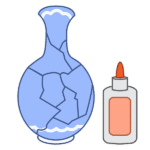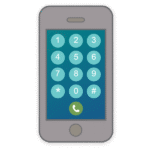Are you feeling overwhelmed by the sweeping changes made by WIDA in their latest ELD standards framework? You are not alone! WIDA’s 2020 edition is a fundamental rethinking of how we serve multilingual learners. There’s also quite a bit of new terminology. “Multilingual learners” is destined to replace English language learners as the term of art—and for good reason—but there are many such changes you will need to track. The sheer amount of changes makes this transition a pretty heavy lift. Maybe we can help?

Let’s start with the basics. What iscontent-language integration and why is WIDA promoting it? As WIDA writes, “multilingual learners develop content and language concurrently.” Academic content needs to be the context for language learning. No more vocabulary A to Z! It is critical for math and science teachers to combine their expertise with the language expertise that ESL and bilingual teachers bring to the table. Sustained collaboration between content and language teachers will be critical to helping multilingual learners succeed. That said, this is not going to magically happen just because it’s a great idea based on learning sciences research. Teachers need actual resources and know-how to make this vision a reality. That’s where Speak Agent comes in!
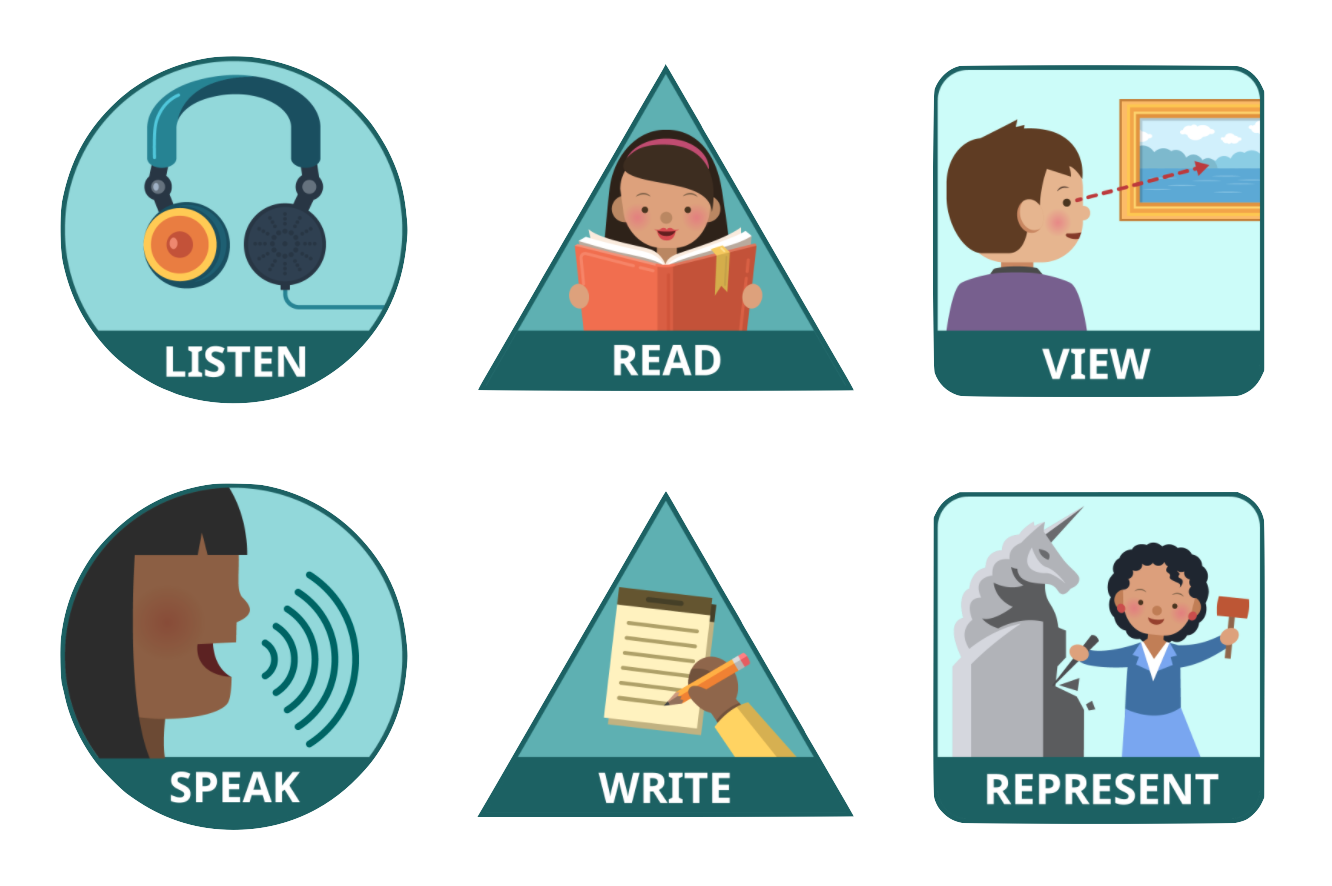
Another key WIDA principle ismultimodality, the use of multiple means of communication. This is an essential way for all students to access and engage in the content areas. In addition to speaking and writing, students also communicate through symbols, photos, animations, graphs, diagrams, maps, equations, videos, and other means. WIDA has therefore reorganized the traditional four language domains of listening, speaking, reading, and writing.

Image: ©2021 Speak Agent, Inc., inspired by the WIDA Modes of Communication
Interpretive Communication
Interpretive communication includes listening, reading, and viewing.”Viewing” is a form of visual learning where students interpret meaning from images, animations, videos, or other graphical elements.
Expressive Communication
Expressive communication includes speaking, writing, and representing.”Representing” is a form of visual expression where students communicate using graphical elements.
Click here to learn how Speak Agent aligns with each mode of communication.
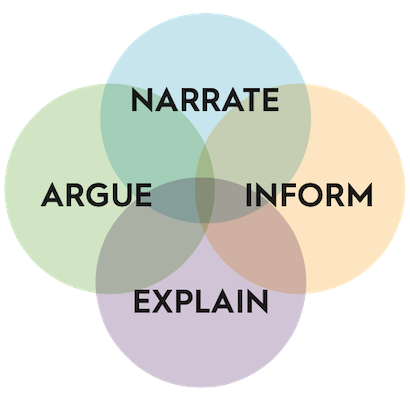 Image: ©2020 The Board of Regents of the University of Wisconsin System, on behalf of WIDA
Image: ©2020 The Board of Regents of the University of Wisconsin System, on behalf of WIDA
WIDA recently added another interesting new concept called “Key Language Uses.” The four uses are Narrate, Inform, Explain, and Argue. All four are present in every subject at every grade level. Here’s a quick summary:
- Narrate: conveys experiences through stories.
- Inform: conveys factual information by describing, comparing, contrasting, and categorizing ideas or phenomena.
- Explain: expresses knowledge about how things work or why things happen.
- Argue: supports claims, ideas, or solutions using evidence and reasoning.
Click here to learn how Speak Agent aligns with each mode of communication.


